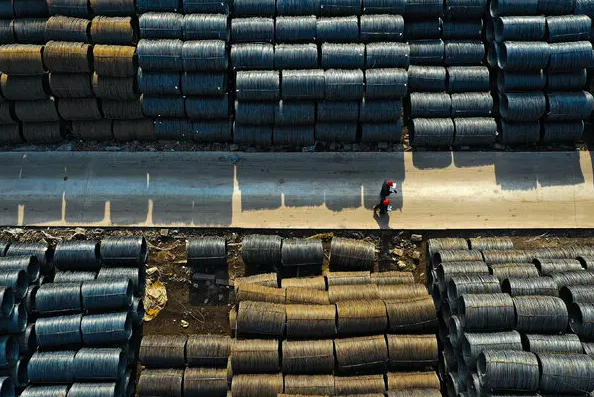
Tariffs on steel and aluminum have long been a contentious issue in U.S. trade policy, with the Trump administration’s levies reigniting debates over their economic impact. While such tariffs are not new, their history extends back through previous administrations, including those of President Donald Trump and former President George W. Bush, offering important insights into their consequences.
“You can protect domestic steel producers, but it comes at a very high cost,” said William Hauk, an associate professor at the University of South Carolina. He noted that these costs manifest in higher consumer prices, job losses, and ripple effects across industries beyond steel and aluminum. “And frequently they’ll retaliate and impose tariffs on U.S. exports. You saw this in 2018,” Hauk added.
That year, China responded to the Trump administration’s tariffs by targeting U.S. agricultural exports, dealing a blow to American farmers. “Some of the U.S.’s trading partners have gotten pretty, pretty sophisticated about analyzing industries that are, say, politically sensitive and dependent on exports and use those as leverage to retaliate,” Hauk explained.
The revenue generated from those tariffs was ultimately used to subsidize domestic farmers affected by trade retaliation. However, Alex Durante, a senior economist at the Tax Foundation, described the overall economic impact as a net negative. “The costs to those industries completely outweighed any benefits that the domestic producers of steel and aluminum experienced. And that was pretty much the conclusion as well of the Bush steel tariffs in the early 2000s,” Durante said.
Bush’s steel tariffs, initially planned to last several years, were lifted in under a year due to their ineffectiveness. Given this historical precedent, Hauk questioned why steel tariffs continue to be a policy consideration, pointing to political factors.
“A lot of America’s steel producers tend to be concentrated in, say, like Pennsylvania, Ohio, which tend to be somewhat swing states in presidential elections, which probably gives the steel industry a certain amount of outsized influence in political debates,” he said.
As trade policy remains a key issue, the debate over steel and aluminum tariffs highlights the delicate balance between economic consequences and political strategy.